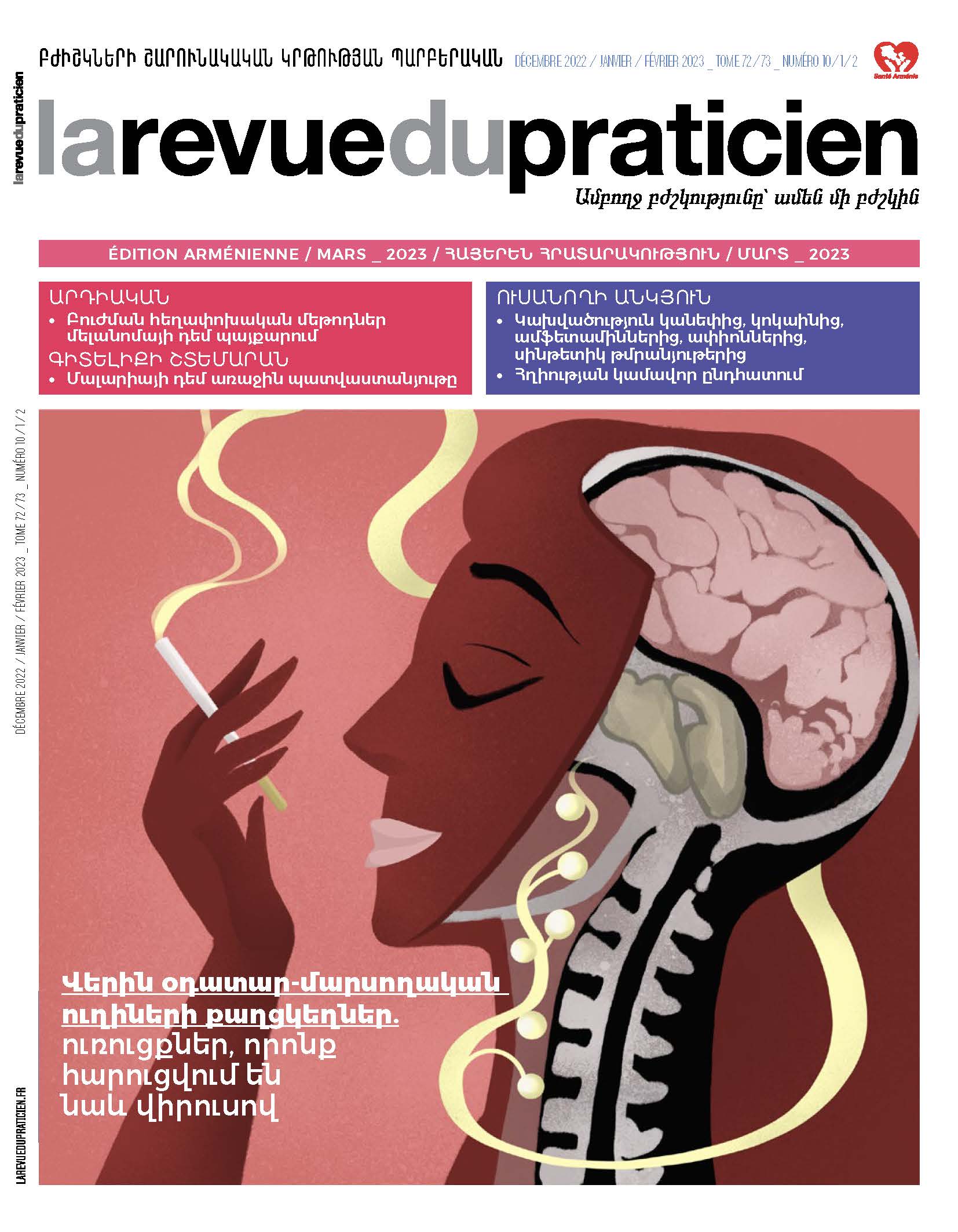Abstract
Upper aerodigestive tract squamous cell carcinomas are the most frequent head and neck cancers. They are generally associated with alcohol and tobacco, but can also be HPV-induced for the oropharynx. Their diagnosis is often late and at a locally advanced stage, making treatment more complex. After a complete primary assessment, the most suitable therapeutic sequence is proposed to the patient after a case-by-case discussion in a multidisciplinary meeting. The therapeutic arsenal for head and neck cancers is mainly composed of surgery, radiotherapy, chemotherapy, and recently immunotherapy. The latter renewed the management of patients with unresectable locoregional recurrence or metastatic.
MeSH :
Carcinoma,
Squamous Cell,
Combined Modality Therapy,
Head and Neck Neoplasms/diagnosis,
Head and Neck Neoplasms/therapy,
Humans,
Neoplasm Recurrence,
Local.
Keywords :
Head and Neck Neoplasms.
